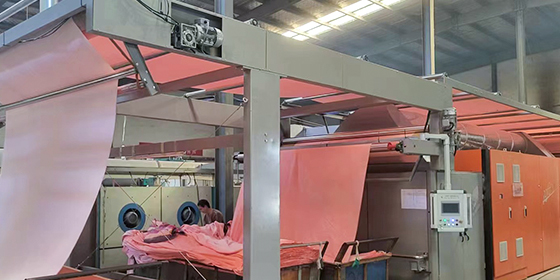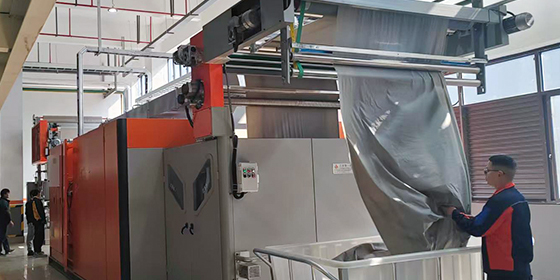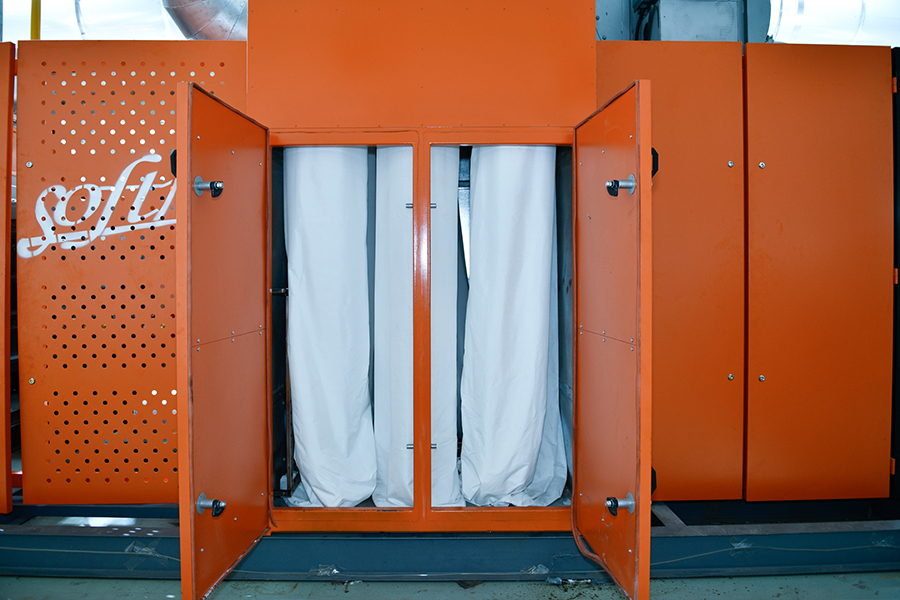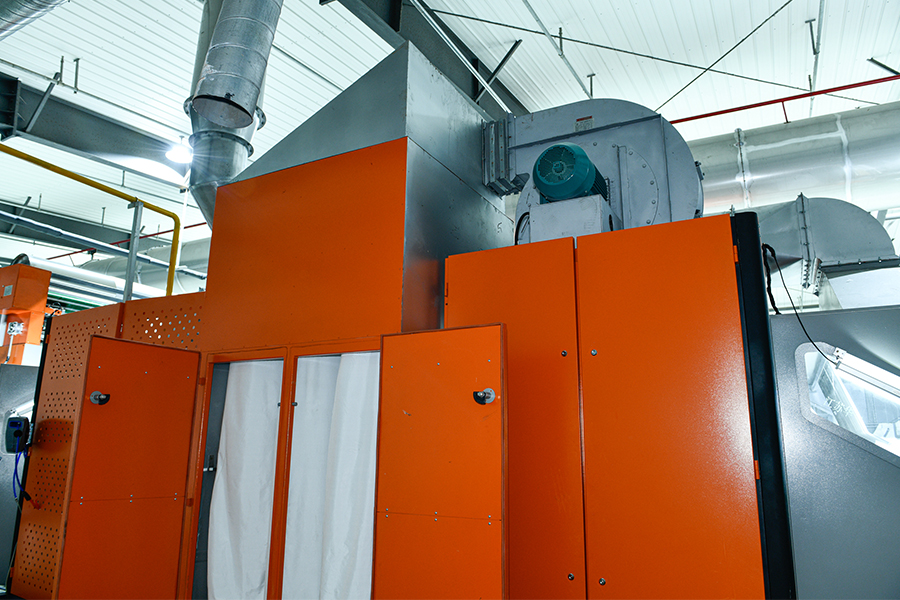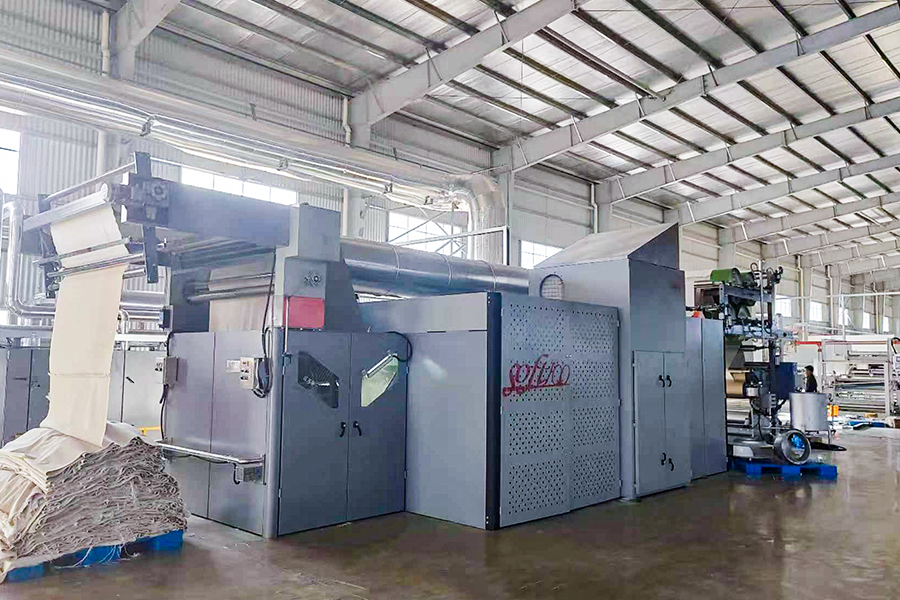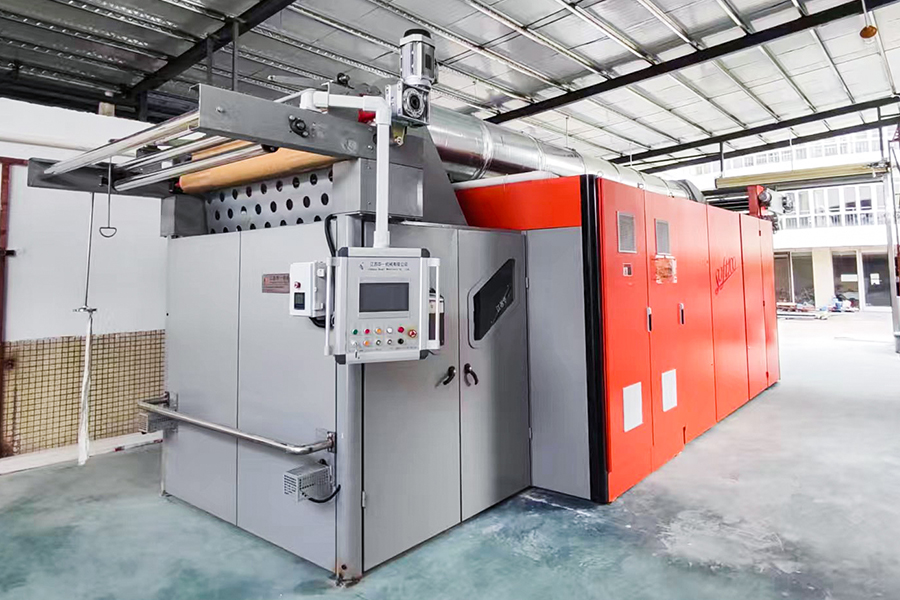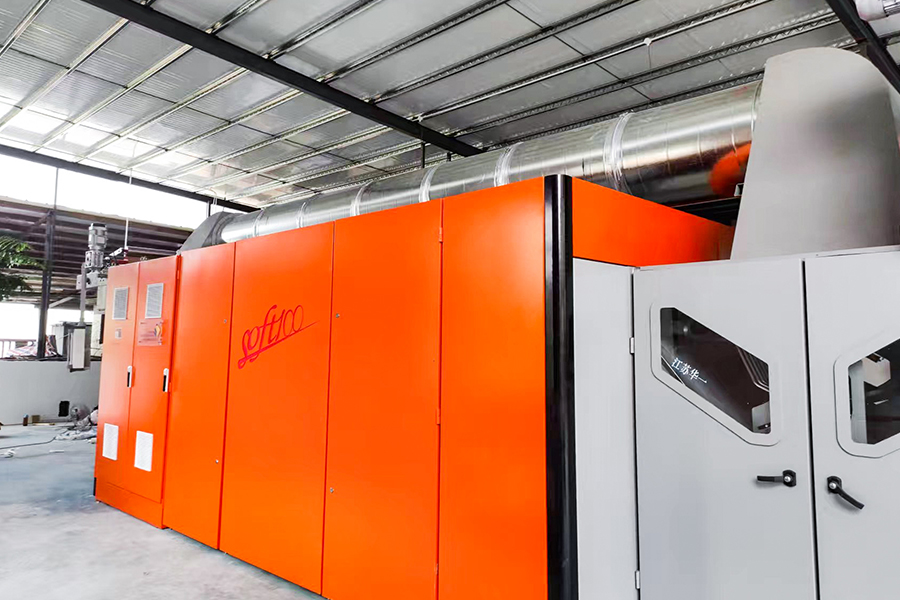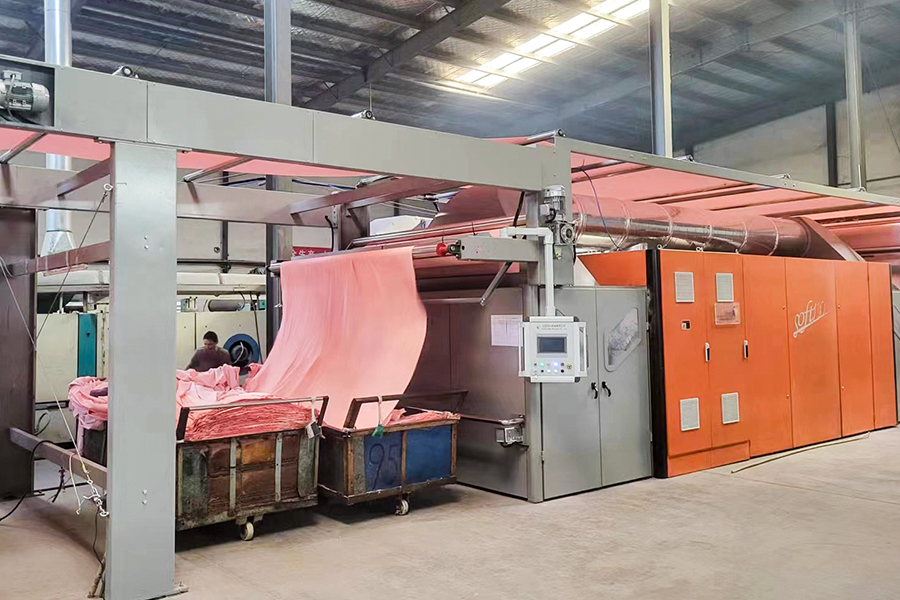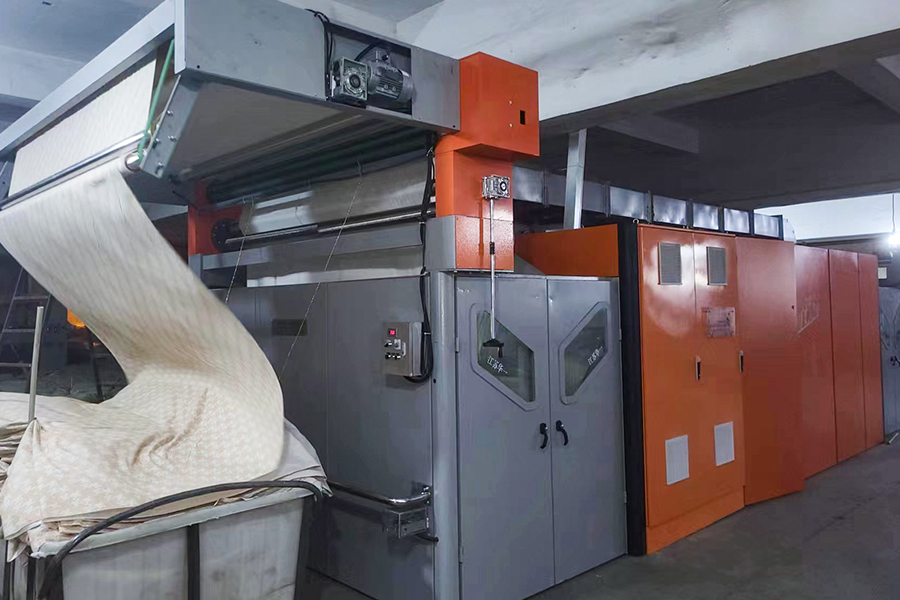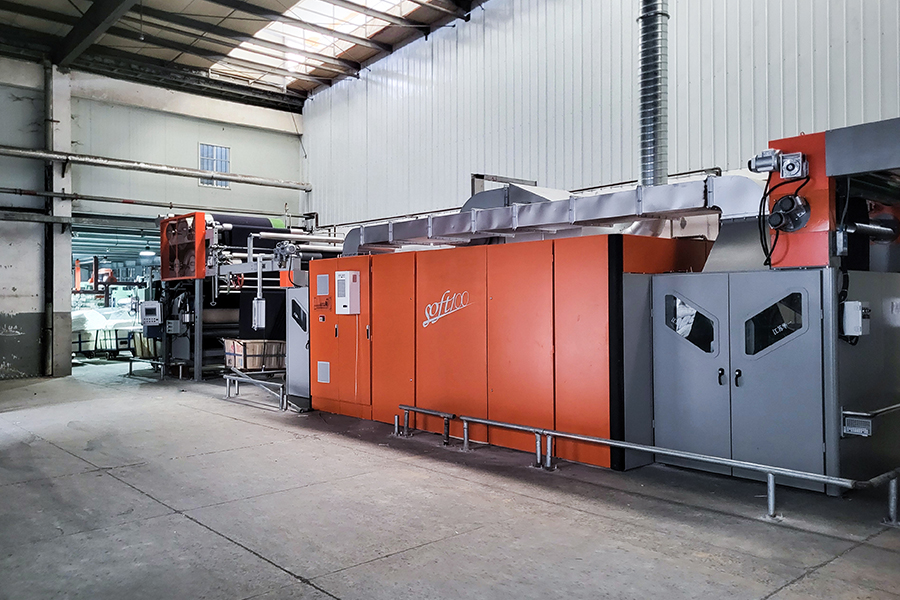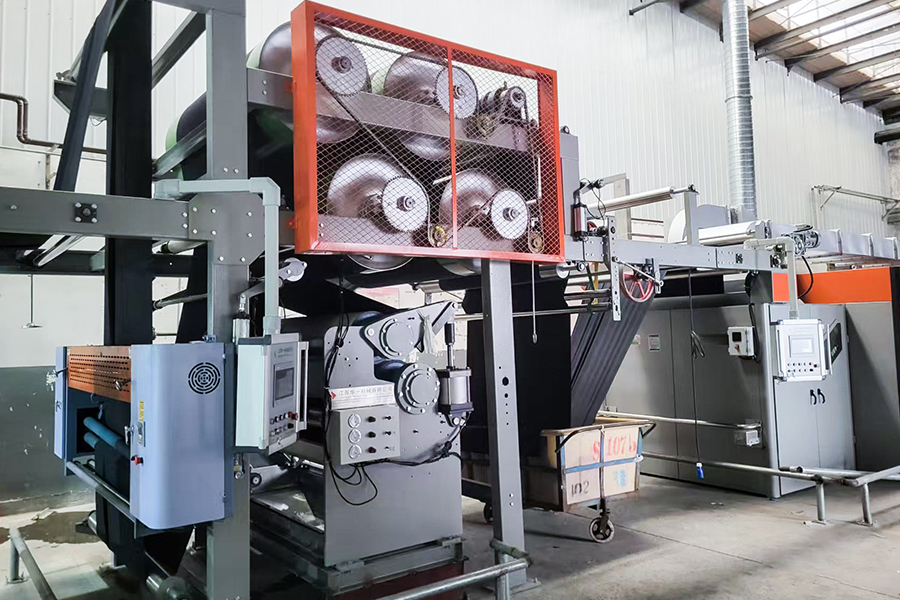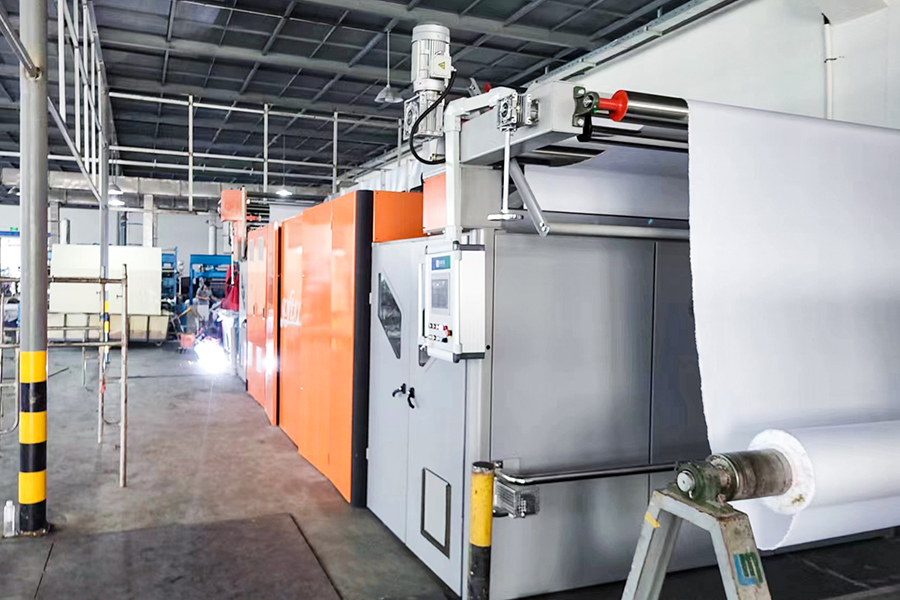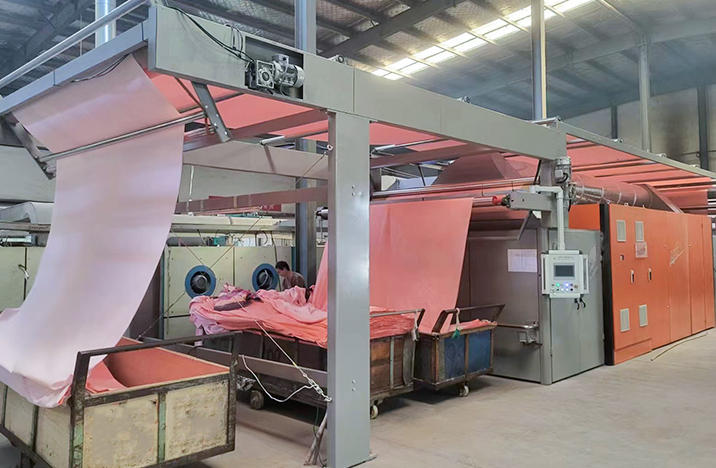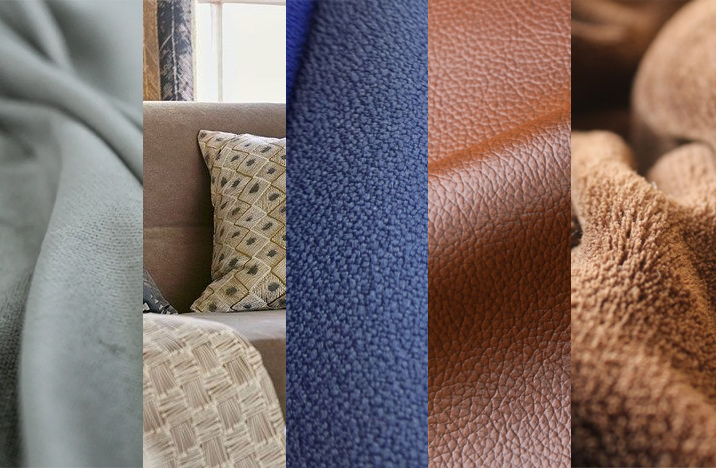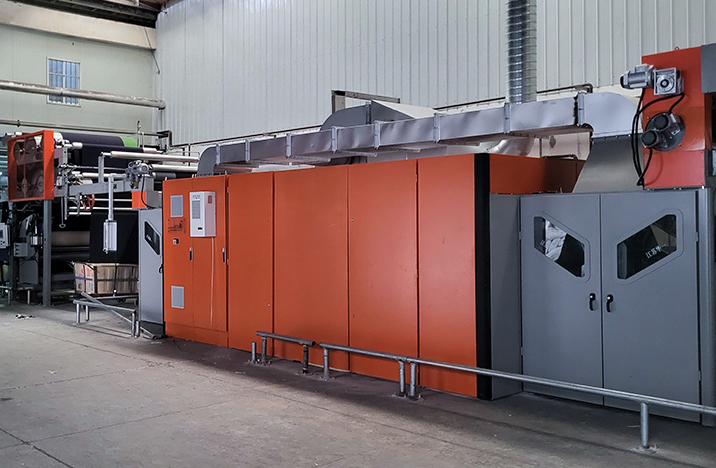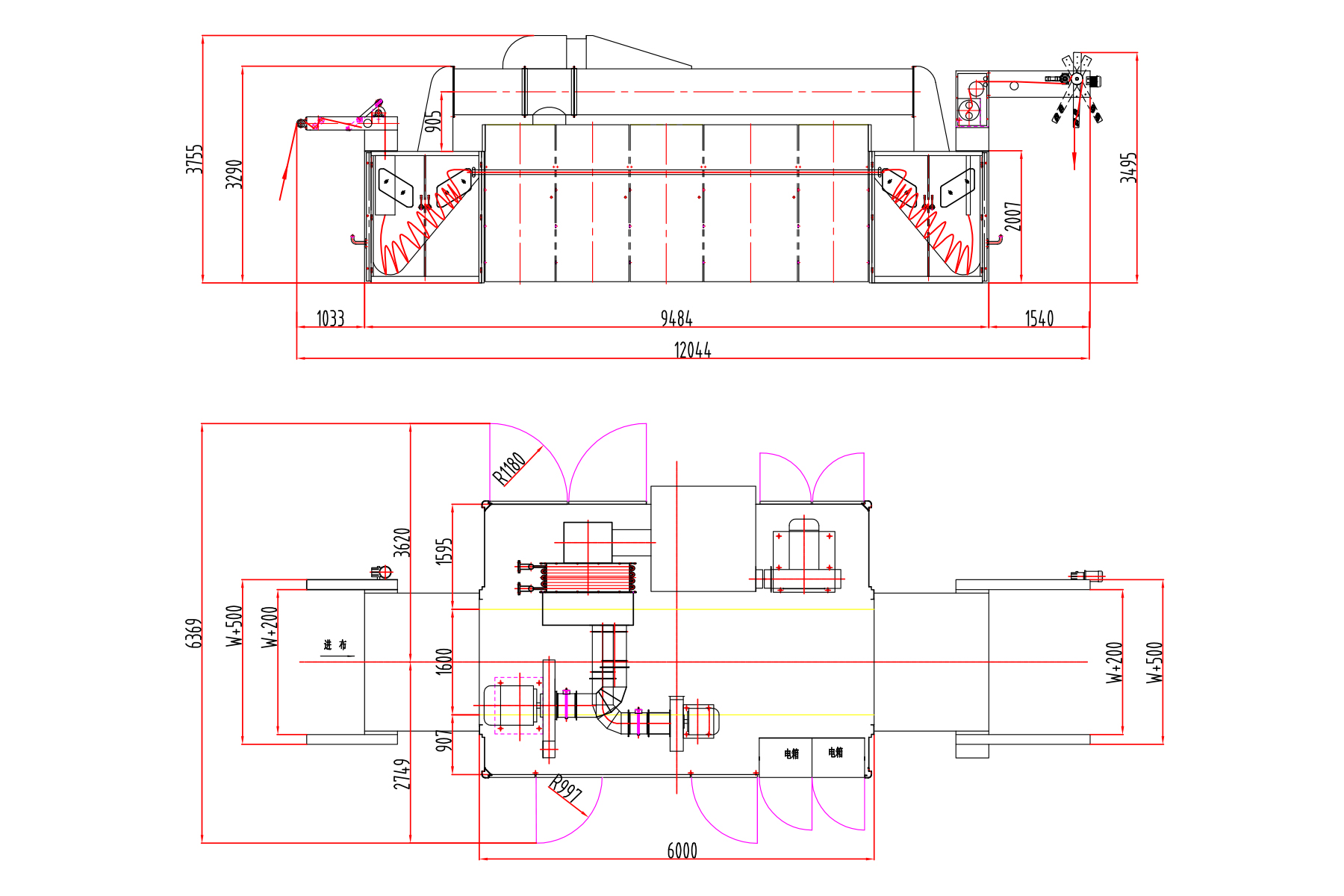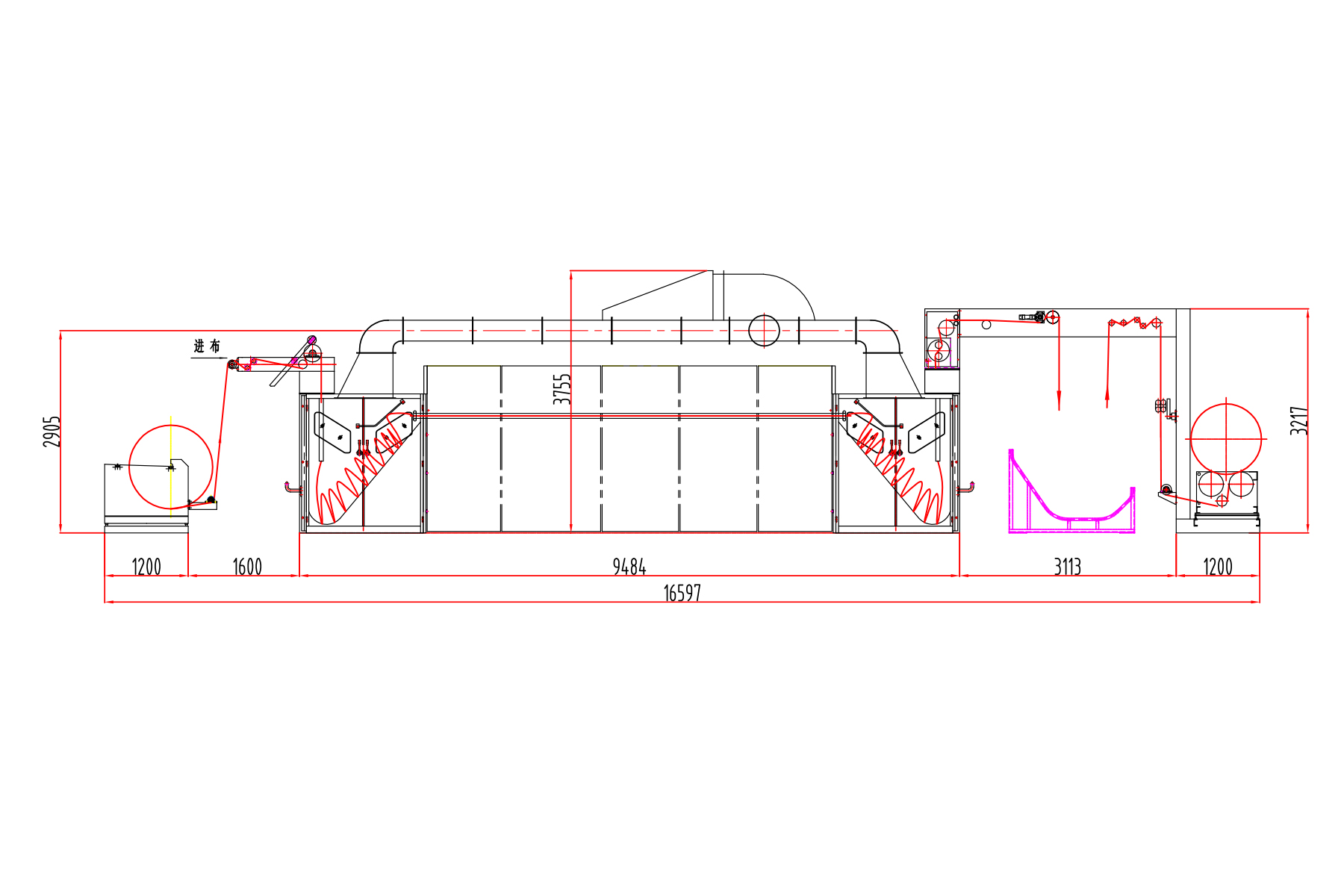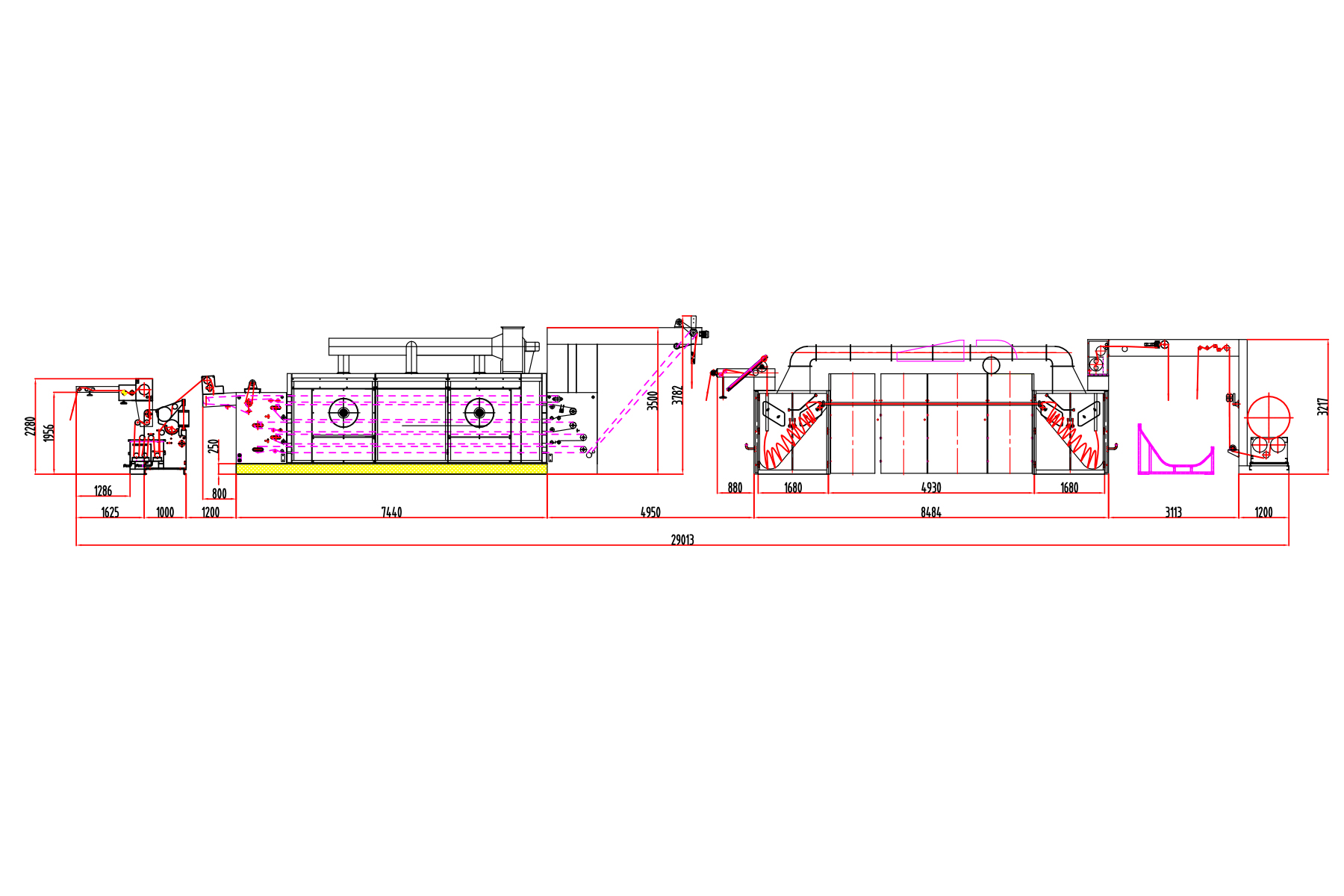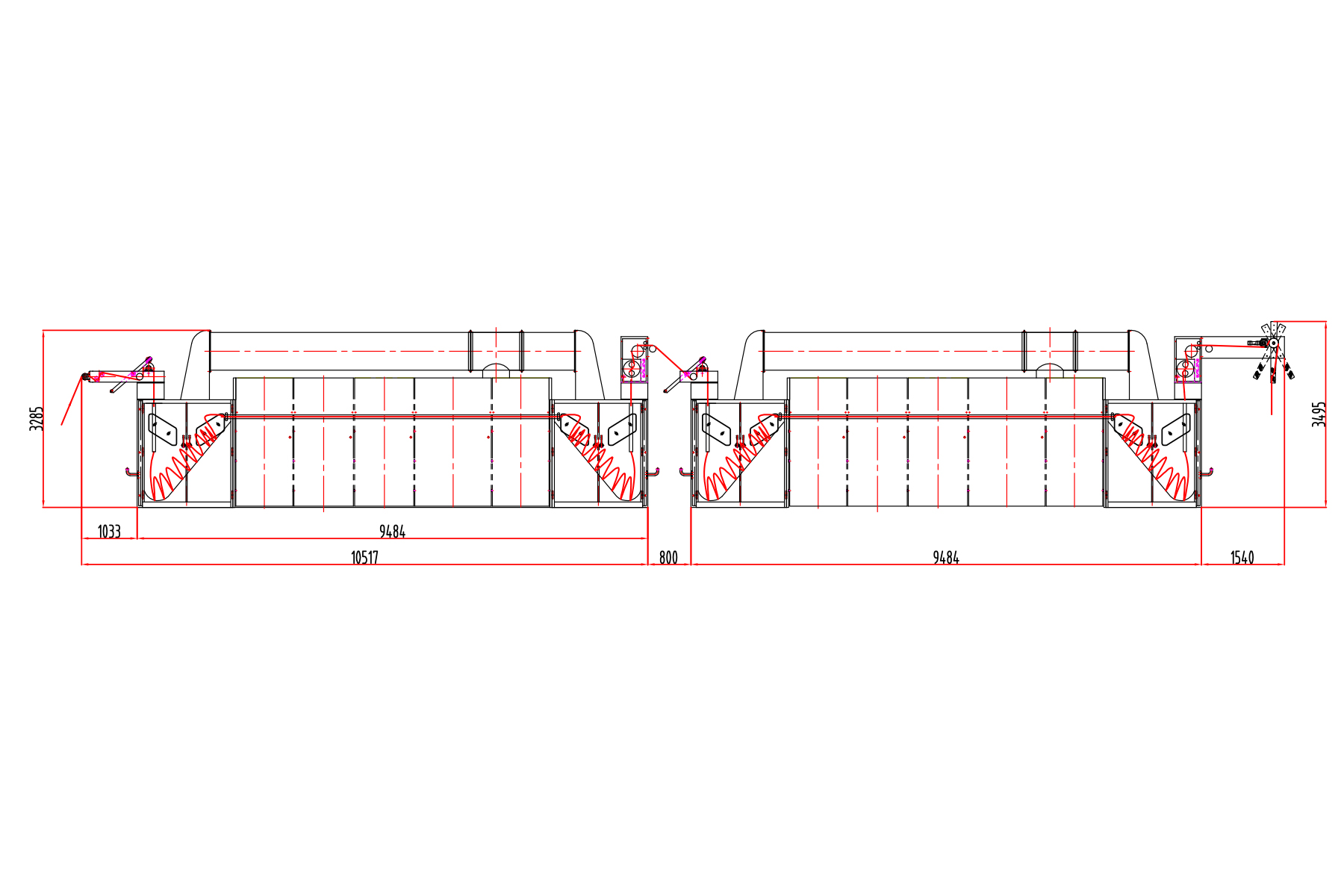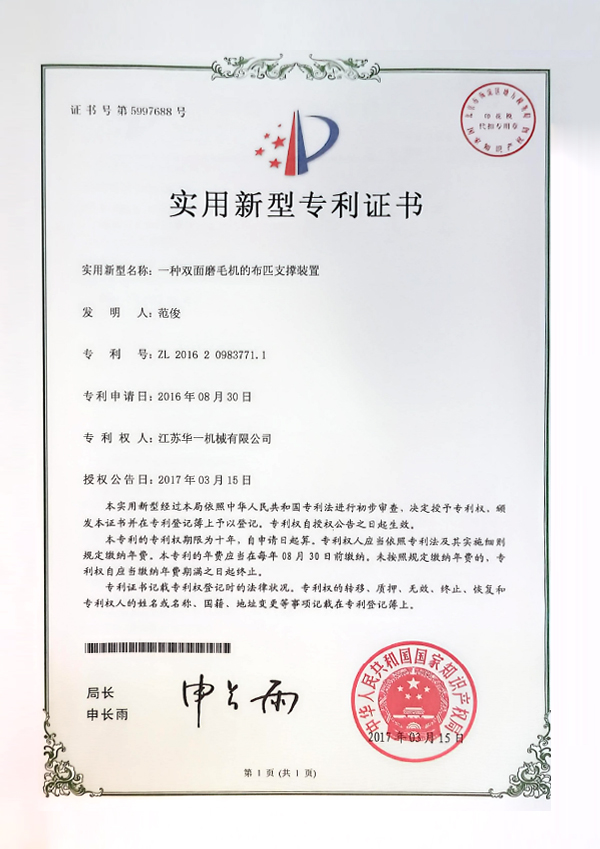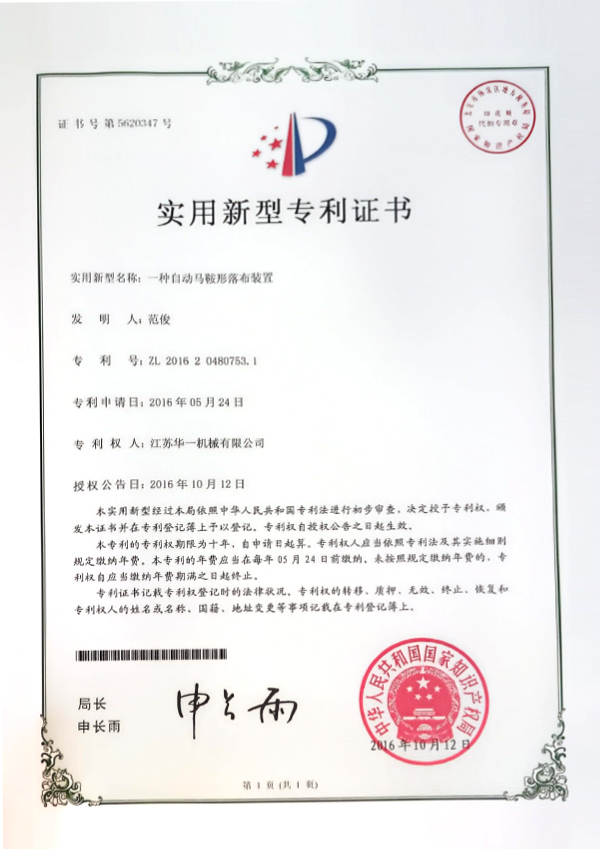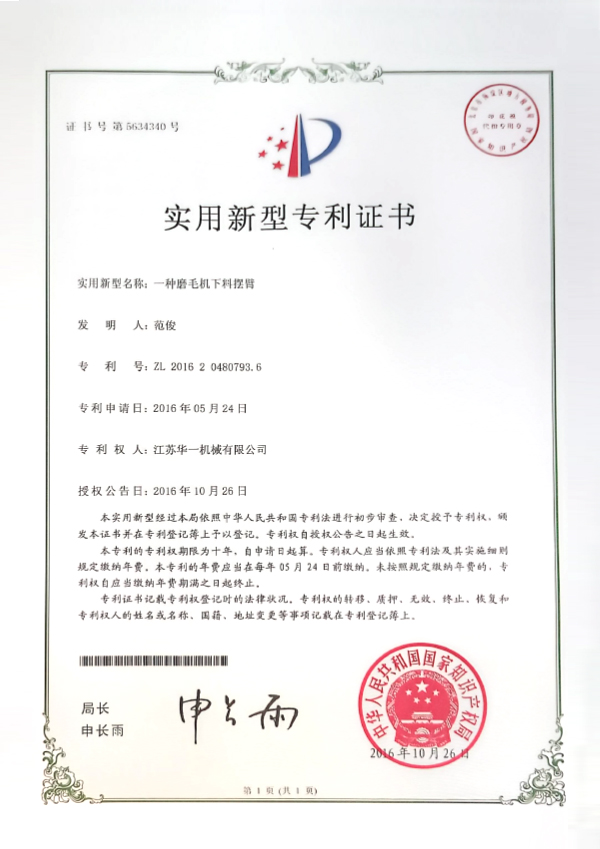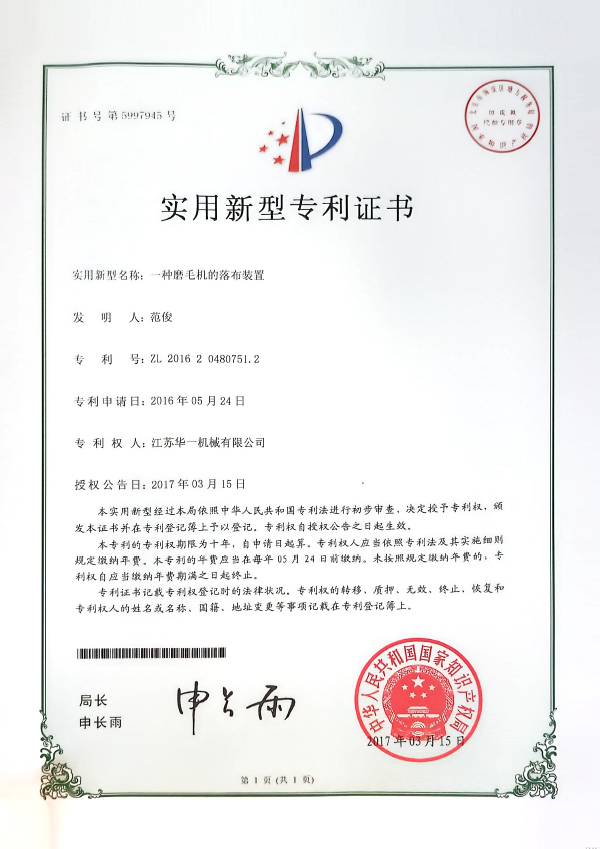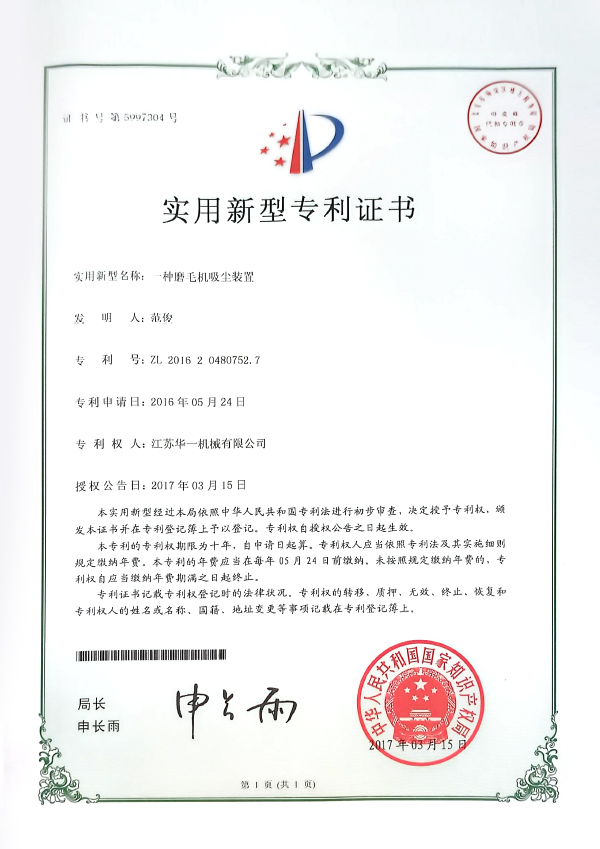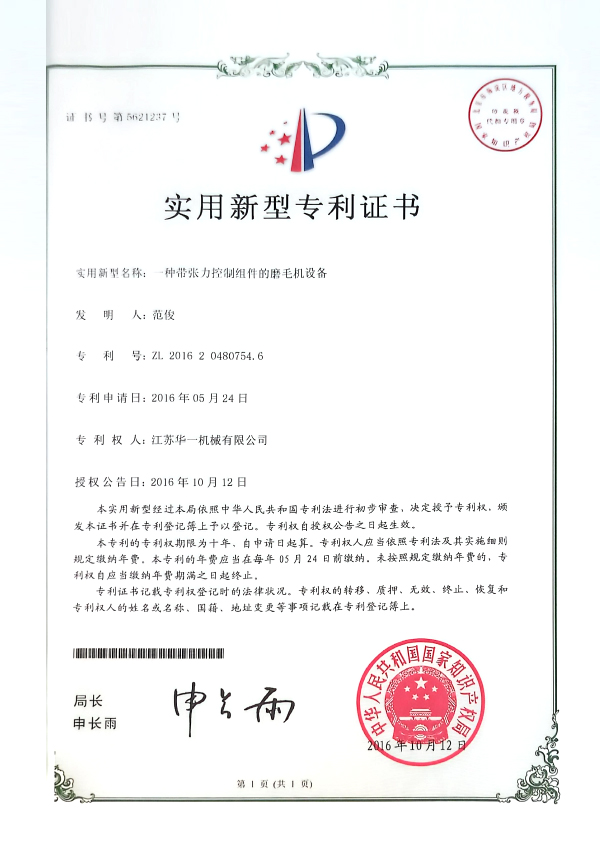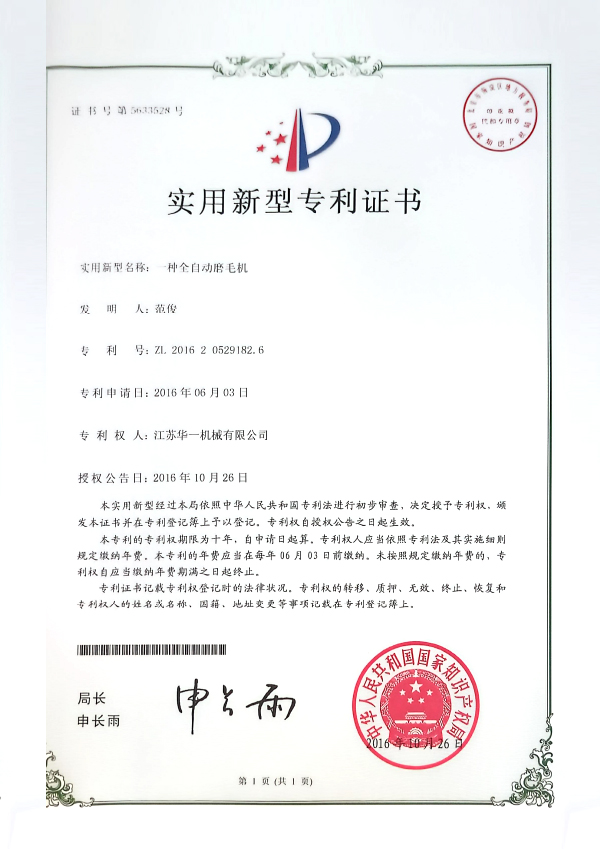How does the Open-width Air Softening Machine SOFT100 achieve the perfect softness and volume enhancement for fabrics?
The softness and volume of fabrics are key indicators of textile quality, directly impacting the consumer experience and the market competitiveness of products. Traditional softening processes often rely on chemical softeners, but these not only pollute the environment but also pose challenges such as difficulty in precisely controlling the treatment effect and uneven fabric feel. To address these challenges, the Open-width Air Softening Machine SOFT100 utilizes innovative physical airflow softening technology, achieving environmentally friendly and efficient fabric softening.
One of the core innovations of the Open-width Air Softening Machine SOFT100 is its 6-meter-long Venturi duct, which is crucial to the entire softening process. The Venturi duct creates a powerful airflow differential between two upper and lower blowers, causing the fabric entering the duct to vibrate violently. This airflow effectively "shakes" the fabric fibers, loosening any entanglements and contractions between them, significantly improving the fabric's volume and softness. Compared to traditional chemical softening methods, the Open-width Air Softening Machine SOFT100 's airflow softening method requires no chemical additives, avoiding secondary environmental pollution while also better preserving the fabric's natural properties and breathability.
The machine's open-width design allows the fabric to lay flat and receive the airflow evenly, eliminating uneven processing caused by stacking and folding. This design not only significantly improves processing speed and efficiency, but also ensures a uniform softening effect, making it suitable for processing a wide range of fabric widths.
The Open-width Air Softening Machine SOFT100 features flexible parameter adjustments, allowing operators to adjust the airflow intensity, temperature, and conveying speed based on the characteristics of different fabrics, such as knitted, woven, terry, or Tencel fibers, to achieve the desired softening effect. For example, knitted fabrics, due to their looser fiber structure, require gentler airflow to avoid damage, while thicker terry fabrics require stronger airflow to achieve a desired loft. The Open-width Air Softening Machine SOFT100 's intelligent adjustments ensure the optimal feel and appearance for each fabric. Fabrics softened through airflow vibration are not only soft and fluffy, but also have a cleaner surface, reducing static electricity buildup and dirt adhesion between fibers. This ensures that the finished fabrics meet high-quality visual and tactile requirements, making them particularly suitable for high-end home textiles, apparel, and home furnishings, providing consumers with a more comfortable and elegant user experience.
What advanced technologies does the Open-width Air Softening Machine SOFT100 utilize to ensure energy conservation, environmental protection, and efficient production?
The Open-width Air Softening Machine SOFT100 , an open-width air softening machine produced by Jiangsu Huayi Machinery Co., Ltd., perfectly meets this market demand with its leading-edge technology and intelligent design. The SOFT100 not only features an energy-efficient heat recovery system and advanced vacuum dust removal, but also incorporates intelligent automated control and an open-width processing design, making it suitable for softening a wide range of fabrics. With its outstanding performance and wide applicability, the SOFT100 helps textile companies achieve the dual goals of green production and high-quality fabric manufacturing.
Advanced Heat Recovery System Significantly Reduces Energy Consumption
The SOFT100 is equipped with advanced heat recovery technology, effectively recovering waste heat generated during operation and recycling it for use in the heating process. This design significantly reduces excess energy consumption and improves energy efficiency. Tests show that compared to similar traditional European equipment, the SOFT100 consumes approximately 40% less energy, significantly reducing production costs for companies while also meeting the environmental protection requirements of green manufacturing.
High-Efficiency Vacuum Dust Removal System Ensures Fabric Cleanliness and Equipment Stability
The equipment features a built-in independent vacuum dust removal system, combining five high-pressure nozzles and three specialized brushes to create a dual dust removal effect: powerful airflow and mechanical cleaning. This not only effectively removes fiber debris and dust from the fabric during the softening process, improving fabric quality, but also prevents internal blockages, ensuring long-term stable operation and reducing maintenance and downtime.
Intelligent Automated Control for Precise Process Adjustment
The SOFT100 is equipped with an intelligent electronic control system that monitors and precisely adjusts airflow speed, temperature, and vacuum intensity in real time. Based on the characteristics of each fabric and softening requirements, the system automatically optimizes operating parameters to ensure the desired softening effect for each batch of fabric. This intelligent control not only reduces reliance on manual operation but also improves production consistency and product quality stability.
Open-width design improves processing efficiency and adapts to large-scale production needs
The SOFT100 features an open-width inlet and outlet design, allowing fabrics to pass through the machine quickly at a wider width. Compared to traditional winding methods, this design significantly increases processing speed and reduces time spent on loading, unloading, and conveying, effectively meeting the needs of textile mills for high-volume continuous production. Furthermore, the open-width inlet and outlet design reduces fabric folding and creasing, ensuring the overall smoothness and aesthetics of the finished fabric.
Strong multi-fabric compatibility meets diverse market demands
The machine supports softening a wide range of fabric types, including knitted fabrics, woven fabrics, Tencel, microfiber, and terry. By flexibly adjusting temperature, airflow, and vacuum parameters, the SOFT100 achieves optimal softening results for different materials, ensuring that the bulk and feel of various fabrics meet high industry standards, helping companies expand into diverse markets and enhance their competitiveness.
How is Jiangsu Huayi Machinery Co., Ltd. leading the technological advancement of textile finishing equipment through innovation?
With over 20 years of industry experience and continuous technological research and development, Jiangsu Huayi Machinery Co., Ltd. has grown into a leading company in the textile finishing equipment field. The company integrates R&D, manufacturing, and sales, boasting fixed assets exceeding 50 million RMB, a modern factory area exceeding 10,000 square meters, and over 1,000 square meters of office space. Starting with a single sueding machine, Huayi has gradually developed a comprehensive product portfolio encompassing vertical, horizontal, planetary, wet/dry, and CNC intelligent solutions, precisely meeting the diverse needs of fabrics such as cotton, polyester, knitwear, and microfiber.
Independent and Controllable Core Technology: Huayi has accumulated extensive expertise in air softening technology. The core functional modules of the SOFT100 are all independently developed, including key components such as the efficient air distribution system and intelligent temperature control system. The company has obtained multiple invention and utility model patents related to this product, ensuring technological superiority and market competitiveness, and providing customers with truly innovative softening solutions.
High-Precision Intelligent Control System: The SOFT100 is equipped with an advanced PLC control and human-machine interface operating system, enabling precise adjustment and real-time monitoring of parameters such as temperature, air volume, and operating time. The device supports pre-set multiple softening process flows and automatically executes operational commands, significantly reducing manual intervention and errors, improving operational convenience and product consistency. Energy-saving and environmentally friendly design: SOFT100 features optimized air circulation and heat recovery, effectively reducing energy consumption by over 20%. Utilizing high-efficiency insulation materials and dynamic energy-saving control technology, it minimizes heat loss while ensuring softening quality. This aligns with current trends in green manufacturing, saving customers operating costs and enhancing sustainable development.
Adaptability to various fabrics: SOFT100 flexibly adjusts operating parameters to suit the characteristics of diverse fabrics, including cotton, polyester, knits, blends, and microfibers, ensuring a natural and uniform softening effect and significantly improving fiber loft, meeting the needs of multiple market segments, including high-end apparel, home textiles, and functional fabrics.

 简体中文
简体中文 English
English عربى
عربى

